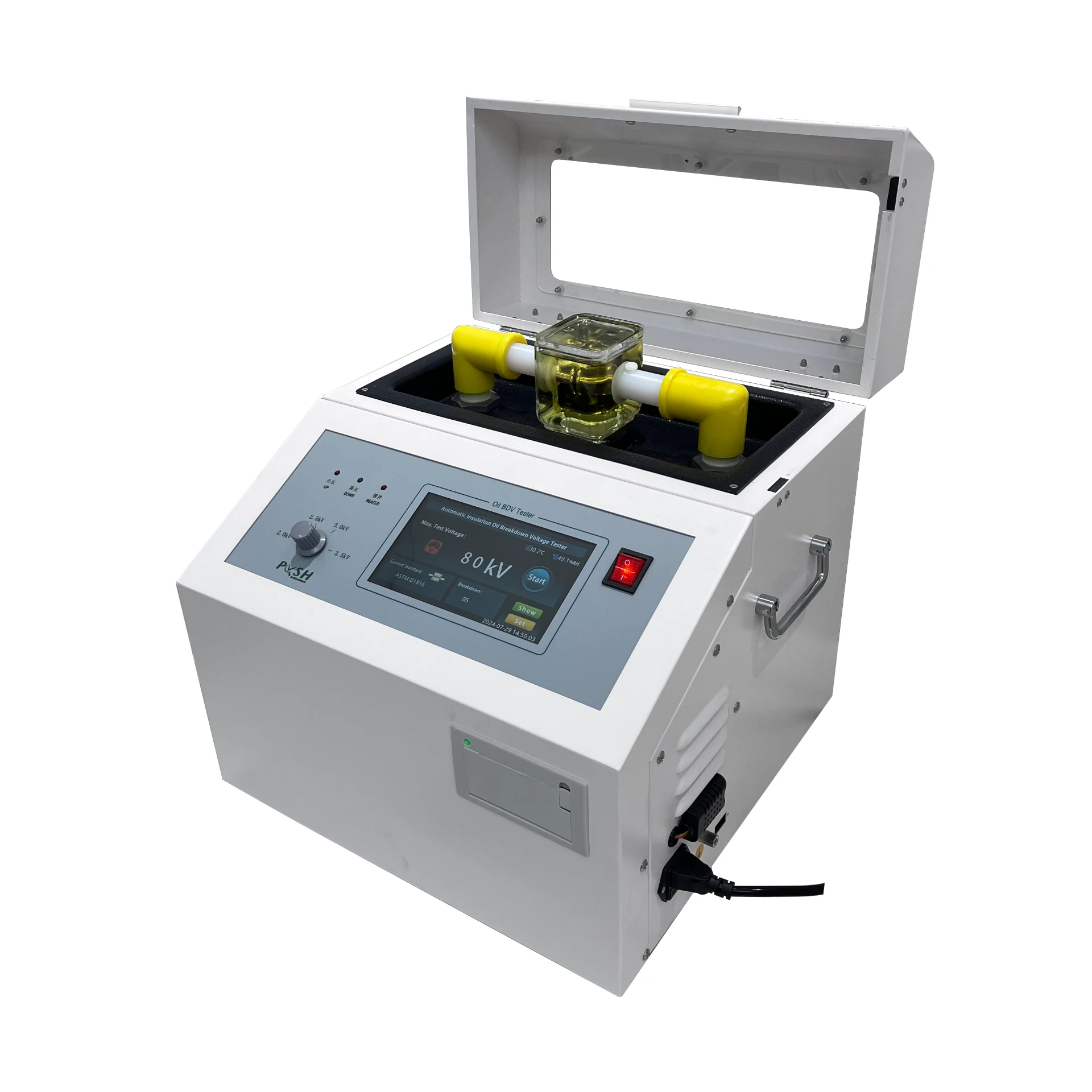TEL:
+86-0312-3189593
 English
English

Telephone:0312-3189593

Email:sales@oil-tester.com

-
 Afrikaans
Afrikaans -
 Albanian
Albanian -
 Amharic
Amharic -
 Arabic
Arabic -
 Armenian
Armenian -
 Azerbaijani
Azerbaijani -
 Basque
Basque -
 Belarusian
Belarusian -
 Bengali
Bengali -
 Bosnian
Bosnian -
 Bulgarian
Bulgarian -
 Catalan
Catalan -
 Cebuano
Cebuano -
 China
China -
 China (Taiwan)
China (Taiwan) -
 Corsican
Corsican -
 Croatian
Croatian -
 Czech
Czech -
 Danish
Danish -
 Dutch
Dutch -
 English
English -
 Esperanto
Esperanto -
 Estonian
Estonian -
 Finnish
Finnish -
 French
French -
 Frisian
Frisian -
 Galician
Galician -
 Georgian
Georgian -
 German
German -
 Greek
Greek -
 Gujarati
Gujarati -
 Haitian Creole
Haitian Creole -
 hausa
hausa -
 hawaiian
hawaiian -
 Hebrew
Hebrew -
 Hindi
Hindi -
 Miao
Miao -
 Hungarian
Hungarian -
 Icelandic
Icelandic -
 igbo
igbo -
 Indonesian
Indonesian -
 irish
irish -
 Italian
Italian -
 Japanese
Japanese -
 Javanese
Javanese -
 Kannada
Kannada -
 kazakh
kazakh -
 Khmer
Khmer -
 Rwandese
Rwandese -
 Korean
Korean -
 Kurdish
Kurdish -
 Kyrgyz
Kyrgyz -
 Lao
Lao -
 Latin
Latin -
 Latvian
Latvian -
 Lithuanian
Lithuanian -
 Luxembourgish
Luxembourgish -
 Macedonian
Macedonian -
 Malgashi
Malgashi -
 Malay
Malay -
 Malayalam
Malayalam -
 Maltese
Maltese -
 Maori
Maori -
 Marathi
Marathi -
 Mongolian
Mongolian -
 Myanmar
Myanmar -
 Nepali
Nepali -
 Norwegian
Norwegian -
 Norwegian
Norwegian -
 Occitan
Occitan -
 Pashto
Pashto -
 Persian
Persian -
 Polish
Polish -
 Portuguese
Portuguese -
 Punjabi
Punjabi -
 Romanian
Romanian -
 Russian
Russian -
 Samoan
Samoan -
 Scottish Gaelic
Scottish Gaelic -
 Serbian
Serbian -
 Sesotho
Sesotho -
 Shona
Shona -
 Sindhi
Sindhi -
 Sinhala
Sinhala -
 Slovak
Slovak -
 Slovenian
Slovenian -
 Somali
Somali -
 Spanish
Spanish -
 Sundanese
Sundanese -
 Swahili
Swahili -
 Swedish
Swedish -
 Tagalog
Tagalog -
 Tajik
Tajik -
 Tamil
Tamil -
 Tatar
Tatar -
 Telugu
Telugu -
 Thai
Thai -
 Turkish
Turkish -
 Turkmen
Turkmen -
 Ukrainian
Ukrainian -
 Urdu
Urdu -
 Uighur
Uighur -
 Uzbek
Uzbek -
 Vietnamese
Vietnamese -
 Welsh
Welsh -
 Bantu
Bantu -
 Yiddish
Yiddish -
 Yoruba
Yoruba -
 Zulu
Zulu
Gearr . 16, 2025 13:19
Back to list
tan delta transformer test
Understanding the significance of the tan delta transformer test is essential for anyone involved in the maintenance and management of electrical transformers. This test, also known as the loss angle test or dielectric dissipation factor test, plays a crucial role in diagnosing the condition of transformer insulation, ensuring longevity, efficiency, and safety.
When supported by authoritative standards and guidelines, the tan delta test becomes a definitive tool for predictive maintenance. Organizations like the IEEE and IEC provide standardized testing procedures which lend a universal credibility to the test results. Following these guidelines ensures consistency in data across different transformers and installations, facilitating better decision-making. Trustworthiness in tan delta transformer testing derives from transparency and repeatability. Documenting test procedures, calibration records, and result interpretations fosters trust among stakeholders. Regularly scheduled tests and meticulous record-keeping allow for trend analysis and early warnings of potential issues, which are critical for reliable power network management. Incorporating tan delta testing into a comprehensive transformer maintenance strategy enhances asset reliability. Insights gained from the test can lead to proactive maintenance scheduling, preventing unexpected outages and reducing repair costs. For industries highly dependent on electrical equipment, such as manufacturing, data centers, and utilities, this means enhanced operational efficiency and unimpeded service delivery. In conclusion, the tan delta transformer test stands as a beacon of modern electrical maintenance practices. Its role in preserving the health of transformers cannot be overstated. Harnessing the insights from this test involves a synergy of experience, expertise, adherence to authoritative guidelines, and a commitment to transparency and accountability. By investing in this testing, companies not only safeguard their infrastructure but also ensure a sustainable and reliable energy supply, reinforcing their reputation as leaders in efficient and responsible power management.


When supported by authoritative standards and guidelines, the tan delta test becomes a definitive tool for predictive maintenance. Organizations like the IEEE and IEC provide standardized testing procedures which lend a universal credibility to the test results. Following these guidelines ensures consistency in data across different transformers and installations, facilitating better decision-making. Trustworthiness in tan delta transformer testing derives from transparency and repeatability. Documenting test procedures, calibration records, and result interpretations fosters trust among stakeholders. Regularly scheduled tests and meticulous record-keeping allow for trend analysis and early warnings of potential issues, which are critical for reliable power network management. Incorporating tan delta testing into a comprehensive transformer maintenance strategy enhances asset reliability. Insights gained from the test can lead to proactive maintenance scheduling, preventing unexpected outages and reducing repair costs. For industries highly dependent on electrical equipment, such as manufacturing, data centers, and utilities, this means enhanced operational efficiency and unimpeded service delivery. In conclusion, the tan delta transformer test stands as a beacon of modern electrical maintenance practices. Its role in preserving the health of transformers cannot be overstated. Harnessing the insights from this test involves a synergy of experience, expertise, adherence to authoritative guidelines, and a commitment to transparency and accountability. By investing in this testing, companies not only safeguard their infrastructure but also ensure a sustainable and reliable energy supply, reinforcing their reputation as leaders in efficient and responsible power management.
Previous:
Latest news
-
Testing Equipment Industry Sees Major Advancements in 2025: Smart & Precision Technologies Lead the WayNewsJun.06,2025
-
Applications of Direct Current Generators in Renewable Energy SystemsNewsJun.05,2025
-
Hipot Tester Calibration and Accuracy GuidelinesNewsJun.05,2025
-
Digital Circuit Breaker Analyzer Features and BenefitsNewsJun.05,2025
-
Benefits of Real-Time Power Quality Monitoring Devices for Industrial EfficiencyNewsJun.05,2025
-
Earth Fault Loop Testing in High-Rise Building Electrical SystemsNewsJun.05,2025



